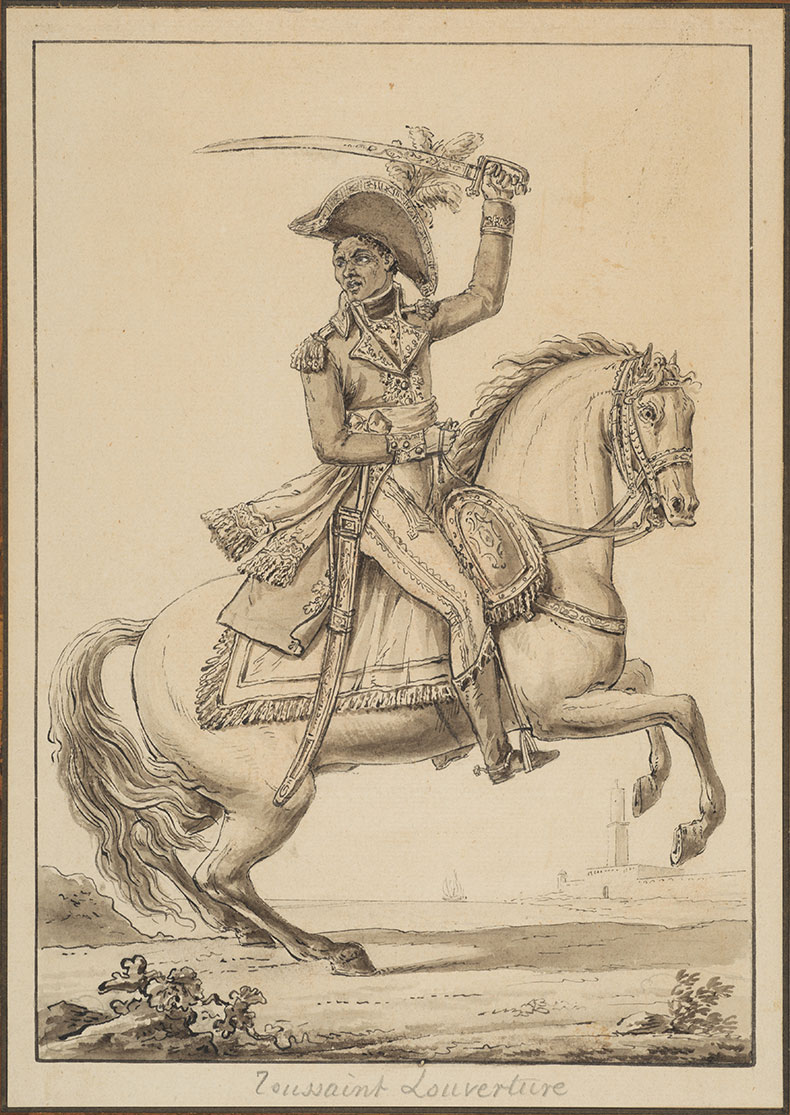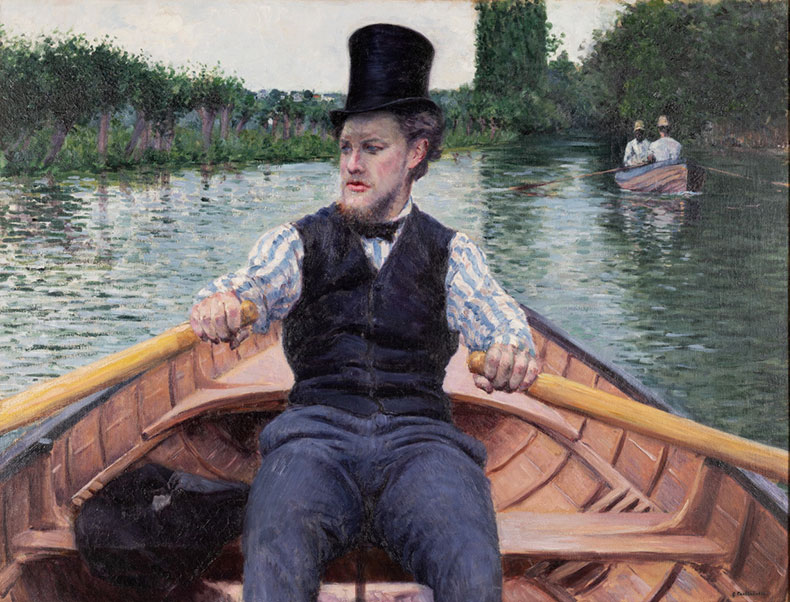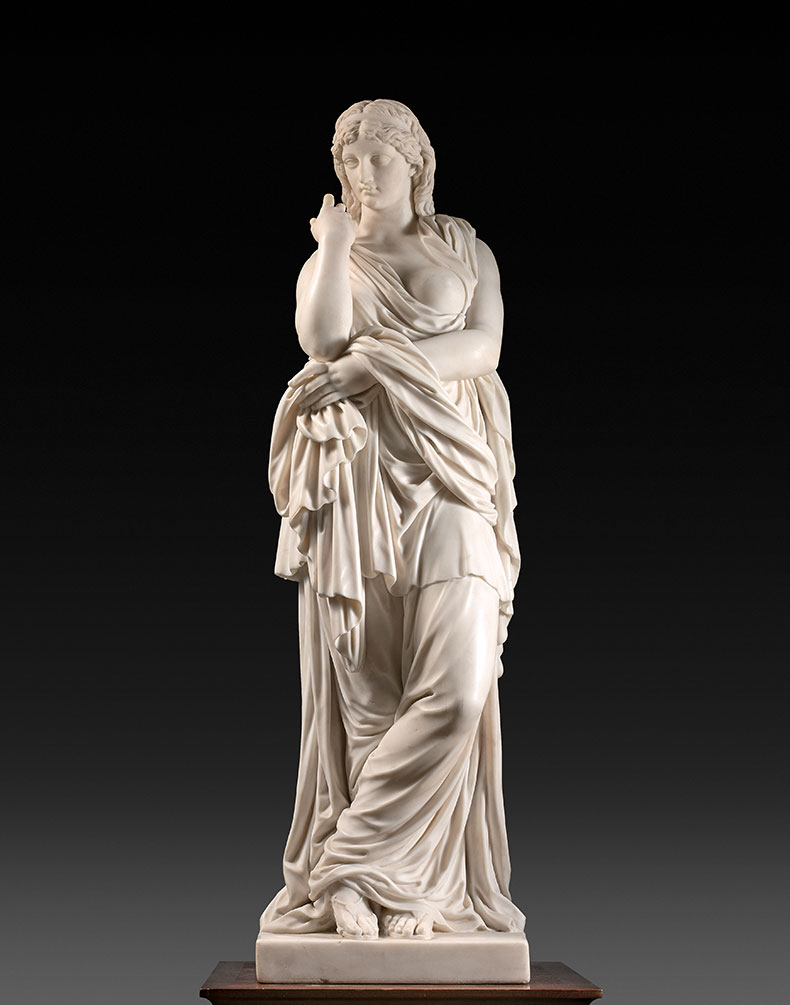Apollo’s monthly survey of the most exciting works to enter public collections shines a light on the gaps museums have been able to plug and the new stories they are looking to tell.
Uffizi Galleries, Florence
Portrait of Colonel Arese Lucini in Prison (1828), Francesco Hayez
One of the leading artists of Romanticism in mid 19th-century Milan, Francesco Hayez had a strong interest in Italian history and politics. The Portrait of Colonel Arese Lucini in Prison (1828) depicts a well-known patron of the arts who was involved in the Risorgimento, the cultural and political movement that spanned nearly 60 years and resulted in the imprisonment of many of its supporters as well as the creation of the Kingdom of Italy in 1861. Hayez depicts the shackled Colonel in military dress, looking defiantly out at the viewer from a prison cell. The work is currently on display at entrance of the Uffizi, at the top of the Lorraine staircase. After a tour in various towns in Tuscany, it will be go on permanent display at the Gallery of Modern Art at the Pitti Palace.

Portrait of Colonel Arese Lucini in prison (c. 1828), Francesco Hayez. Uffizi Galleries, Florence.
Metropolitan Museum of Art, New York
Toussaint Louverture on Horseback (c. 1802), Claude Louis Desrais
This detailed ink and wash drawing is thought to be one of the earliest known depictions of the Haitian general and leader of the Haitian Revolution by a Western artist. Toussaint Louverture emerged as a leader during the widespread uprisings of enslaved people in Saint-Domingue (now Haiti) in 1791 that led eventually to the abolition of slavery there in 1793. He later became the first Black general of the French Republic in 1795, before rising to commander-in-chief of Haiti in 1797. The drawing depicts Louverture in full military dress; as with other European depictions of the leader, it is likely that Desrais based his image on European conventions as he it is doubtful that he ever saw his subject.

Toussaint Louverture on Horseback (c. 1802), Claude Louis Desrais. Metropolitan Museum of Art, New York. Image courtesy the Metropolitan Museum of Art
Musée d’Orsay, Paris
Partie de bateau (Boating Party) (c. 1877–78), Gustave Caillebotte
Thanks to a donation from the luxury conglomerate LVMH, the Musée d’Orsay in Paris has acquired a major Impressionist painting by Gustave Caillebotte. Depicting an unnamed man rowing on the Yerres river, the work has been labelled a ‘national treasure’ by the former French culture minister Franck Riester who singled on Caillebotte’s unusual technique of placing the viewer in the boat alongside the subject. The work was purchased for €43 million from Caillebotte’s descendants and is currently on display at the museum. There are plans for it to be shown in several locations in France next year to mark the 150th anniversary of the birth of the Impressionist movement.

Partie de bateau (c. 1877–78), Gustave Caillebotte. Musée d’Orsay
Getty Research Institute, Los Angeles
The Jacobson Collection of Indian and South Asian photography
Approximately 4,925 photographs of life in India and South Asia in the 19th and 20th centuries have been donated to the Getty Research Institute from the personal collections of Ken and Jenny Jacobson. In addition to works by Western photographers such as Nicholas & Co’s The Great Gopuram of the Temple (1875) and Bourne & Shepherd’s portrait of Maharaja Jung Bahadur Rana, the prime minister of Nepal (1870s), the collection includes images by 61 Indian photographers. The Jacobson collection represents a unique resource for the Getty’s research into colonial histories.

Portrait of a Woman (c. 1575), Giovanni Battista Moroni. The Frick Collection. Photo: Joseph Coscia Jr
The Frick Collection, New York
Portrait of a Woman (c. 1575), Giovanni Battista Moroni
This 16th-century painting of an unknown woman by Giovanni Battista Moroni joins the Frick Collection’s impressive collection of Italian Renaissance paintings by the likes of Bronzino and Titian; it is, however, the museum’s first acquisition of a portrait of a woman from the period. Moroni depicts his subject with an unconventionally hostile expression – a contrast to the passivity usually associated with Renaissance portraits of women. The painter’s eye for clothing and accessories is also demonstrated in the subject’s lavishly detailed pink dress and silver-gilt thread, complete with white ruff and jewellery.
Louvre Museum, Paris
Two neoclassical works from Juliette Récamier’s residence at the Récamier Hotel
Purchased by the banker Jacques-Rose Récamier in 1789, the former Necker Hotel in Paris quickly became a popular hang-out for the city’s literary and political elite. Récamier’s wife Juliette took up residence in the hotel and commissioned the decorator Louis-Martin Berthault and the architect Robert Smirke, who later designed the British Museum, to furnish her room, which soon became an attraction in its own right. The Louvre Museum has announced the acquisition of two significant works once housed in her residence, including a gilt wood torchère with a nine-light candelabra attributed to the Jacob-Desmalter brothers (c. 1799), one of the most successful furniture workshops in Paris, and a marble statue titled The Silence (c. 1798) which has been attributed to the neoclassical sculptor Joseph Chinard.

Le Silence (c. 1789), attrib. Joseph Chinard. Louvre Museum. Photo: © Osenat














![Masterpiece [Re]discovery 2022. Photo: Ben Fisher Photography, courtesy of Masterpiece London](http://zephr.apollo-magazine.com/wp-content/uploads/2022/07/MPL2022_4263.jpg)
Suzanne Valadon’s shifting gaze